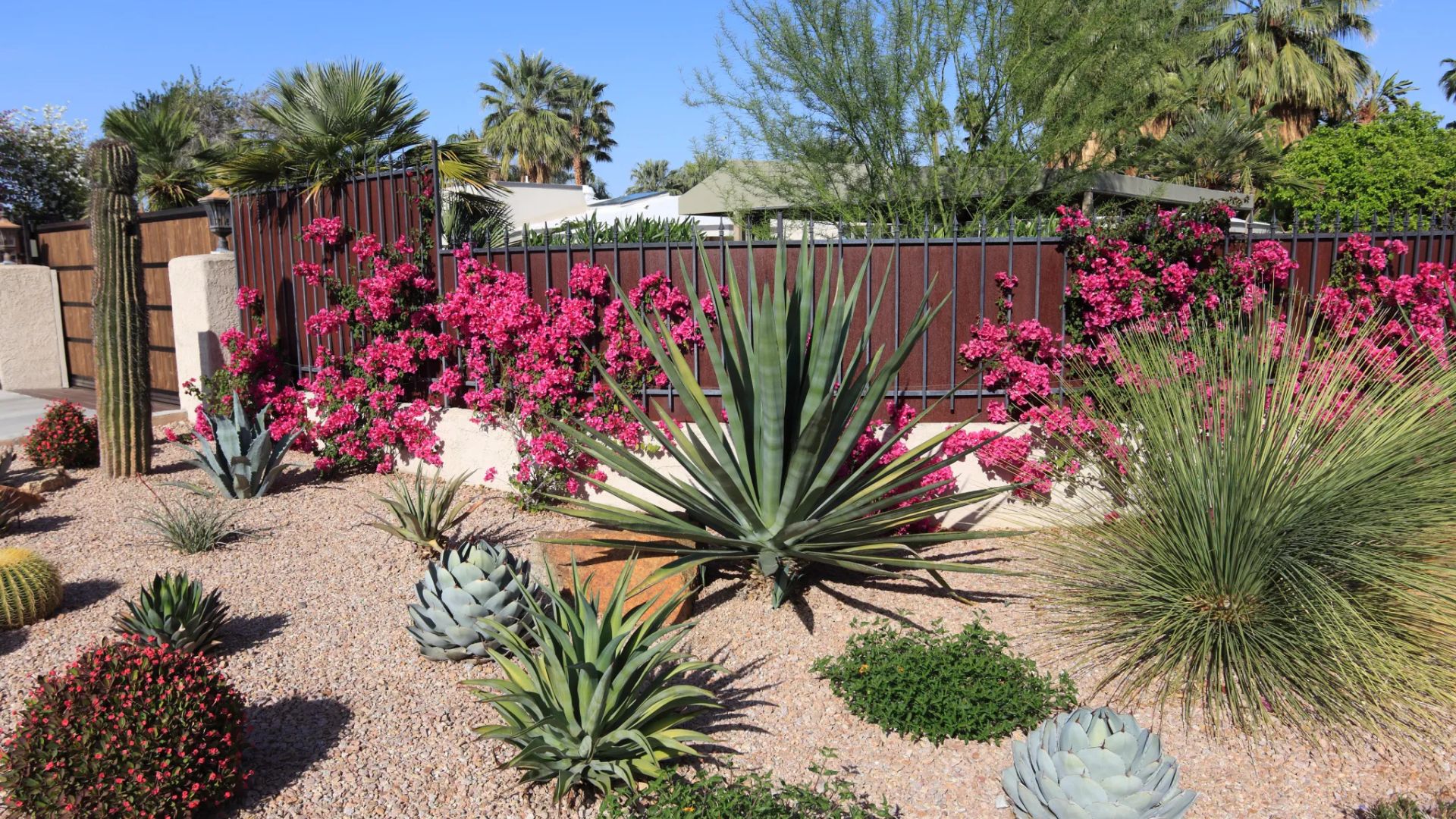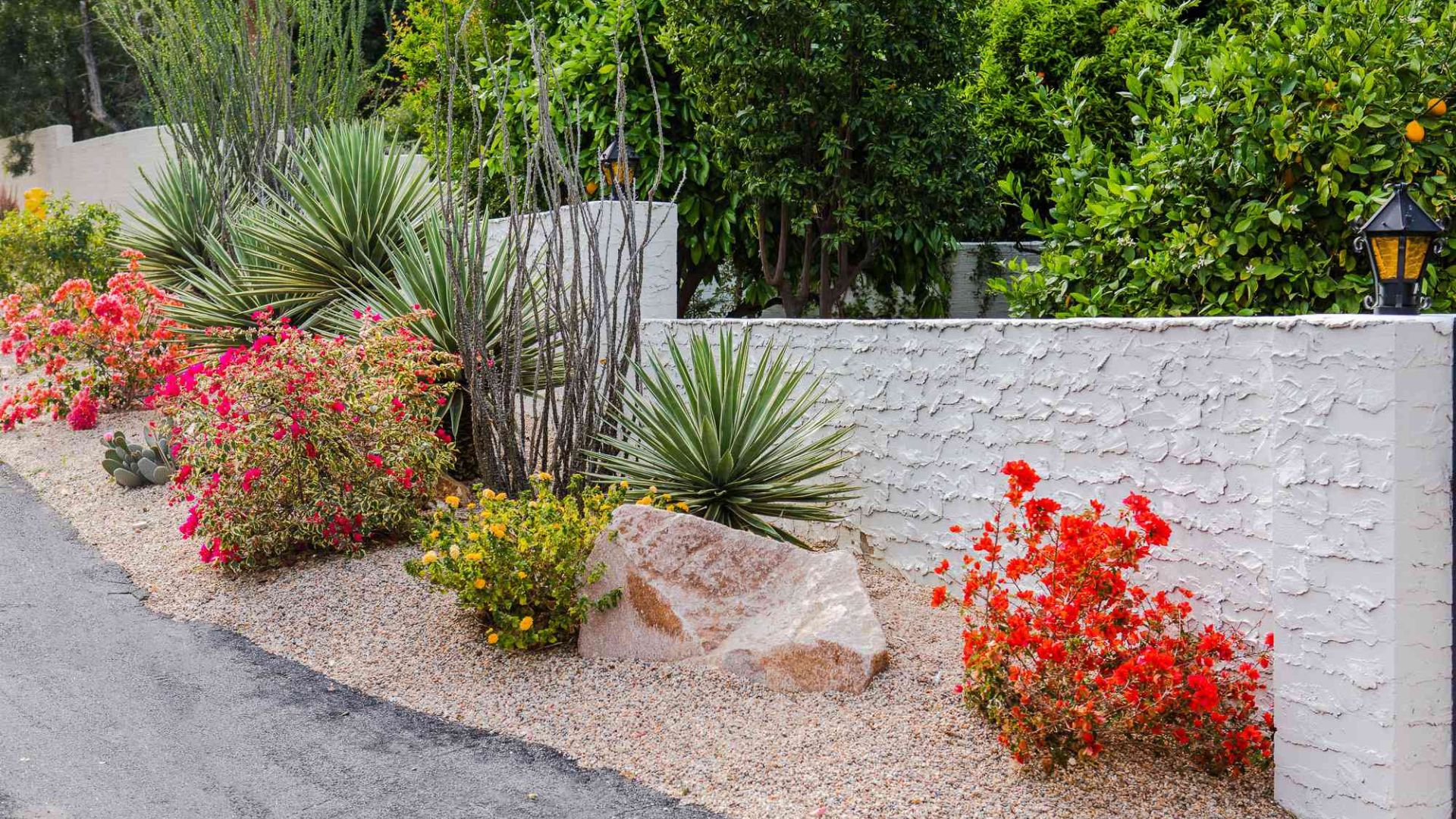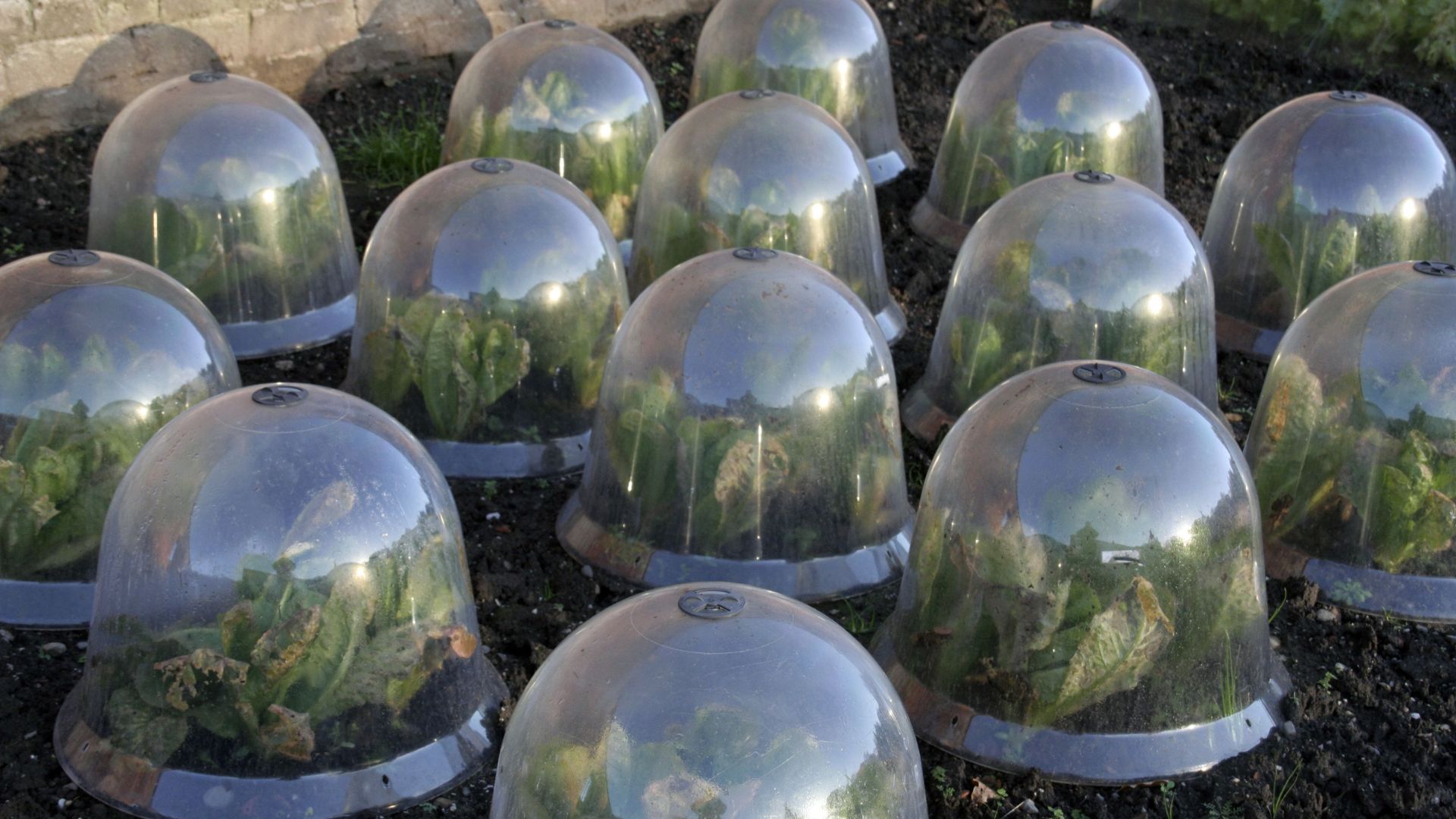Drought resistant outdoor plants ideas help gardeners create beautiful, sustainable, and low-maintenance landscapes. These plants survive and thrive in areas with limited water, making them perfect for dry climates or gardeners seeking eco-friendly solutions. By choosing the right species, you can reduce water use, save time on maintenance, and create attractive outdoor spaces that endure changing weather conditions.

Benefits of Drought-Resistant Outdoor Plants
Using drought-tolerant plants provides numerous advantages. First, they require less water, conserving resources and reducing utility costs. Second, they demand less maintenance, saving gardeners time and effort. Third, these plants are often hardier and more resilient to pests, disease, and extreme temperatures. Additionally, drought-resistant plants can enhance biodiversity, providing shelter and food for birds, bees, and insects.
Economic Advantages
Planting drought-resistant species can save money in the long term. Reduced irrigation, fewer replacements, and lower maintenance costs make these plants an economical choice. Moreover, a well-designed, water-efficient garden can increase property appeal and value.
Environmental Advantages
Drought-tolerant plants promote sustainability by conserving water and reducing chemical usage. They help stabilize soil, prevent erosion, and provide habitats for wildlife. Choosing native or adapted species further supports local ecosystems while maintaining a resilient garden.
Popular Drought-Resistant Outdoor Plants
Several plant species are well-suited for low-water gardens. Selecting a combination of shrubs, perennials, succulents, and grasses creates diversity, texture, and year-round interest.
1. Succulents and Cacti
Succulents and cacti are classic drought-resistant plants. They store water in their leaves and stems, allowing them to survive long dry periods. Popular options include aloe vera, echeveria, agave, and barrel cacti. These plants are ideal for pots, rock gardens, or mixed borders.
2. Ornamental Grasses
Ornamental grasses, such as fountain grass, blue fescue, and feather reed grass, are hardy and low-maintenance. They add movement, texture, and height to landscapes while thriving with minimal water.
3. Mediterranean Shrubs
Shrubs like lavender, rosemary, and sage are not only drought-tolerant but also fragrant and attractive. They provide color, structure, and aromatic appeal to gardens while requiring little irrigation.
4. Flowering Perennials
Certain perennials, including coneflowers, yarrow, and blanket flowers, survive with minimal watering once established. These plants bring vibrant blooms, attract pollinators, and add long-lasting color to outdoor spaces.
5. Ground Covers
Low-growing, drought-tolerant ground covers, such as creeping thyme, sedum, and ice plant, suppress weeds, conserve soil moisture, and create cohesive garden floors. They are excellent for pathways, rockeries, or filling gaps between larger plants.
Design Tips for Drought-Resistant Gardens
Creating a low-water garden requires thoughtful planning and layout.
Layout and Plant Grouping
Group plants with similar water requirements together. This simplifies irrigation and ensures that all plants thrive without overwatering or underwatering. Layer taller plants at the back and shorter ones at the front for depth and visual appeal.
Soil Preparation
Use well-draining soil with added organic matter or compost. Good soil structure ensures roots do not sit in water and enhances plant resilience during dry periods.
Mulching
Apply mulch around plants to retain soil moisture, reduce weeds, and regulate temperature. Organic mulches, such as bark chips or straw, also improve soil fertility over time.
Efficient Irrigation
Use drip irrigation, soaker hoses, or targeted watering techniques to conserve water. Avoid overhead watering, which can cause evaporation and fungal diseases. Focus on deep, infrequent watering to encourage strong root growth.
Lifestyle and Wellness Benefits
Drought-resistant gardens provide mental and physical benefits. They reduce maintenance stress while creating attractive, calming spaces for relaxation, socializing, or outdoor activities. Additionally, water-efficient gardens teach sustainable practices and foster environmental awareness.
Challenges and Solutions
Challenges may include slow establishment, initial costs for quality plants, or adjusting to local climate conditions. Solutions involve choosing native or adapted species, preparing soil adequately, and using water-efficient gardening techniques. With proper planning, these challenges are easily managed, resulting in a thriving, low-maintenance landscape.
Conclusion
Drought resistant outdoor plants ideas offer practical, sustainable, and attractive solutions for modern gardens. By incorporating succulents, cacti, ornamental grasses, flowering perennials, Mediterranean shrubs, and hardy ground covers, gardeners can create landscapes that thrive with minimal water. Thoughtful design, proper soil preparation, mulching, and efficient irrigation enhance plant resilience and beauty. Drought-tolerant gardens reduce maintenance, conserve resources, support biodiversity, and provide peaceful, visually appealing outdoor spaces for everyone to enjoy.










